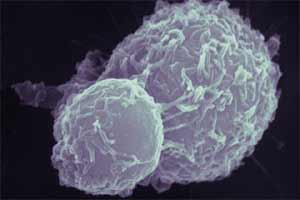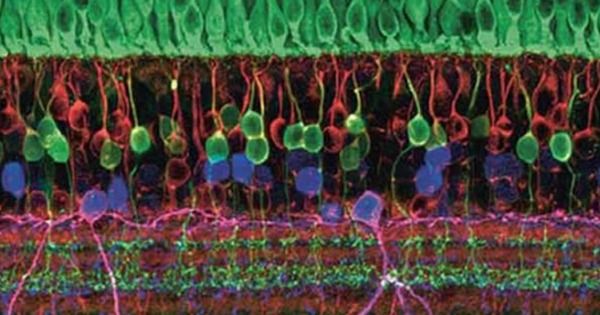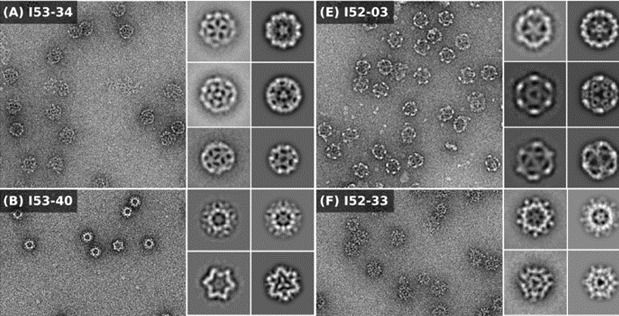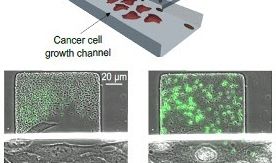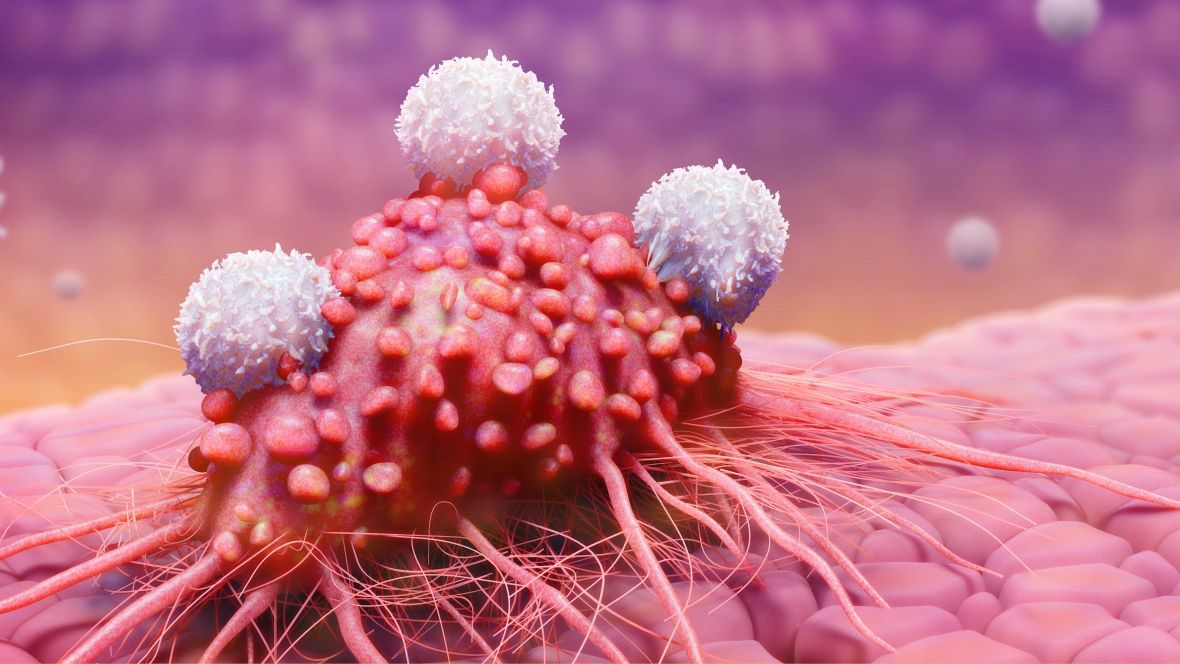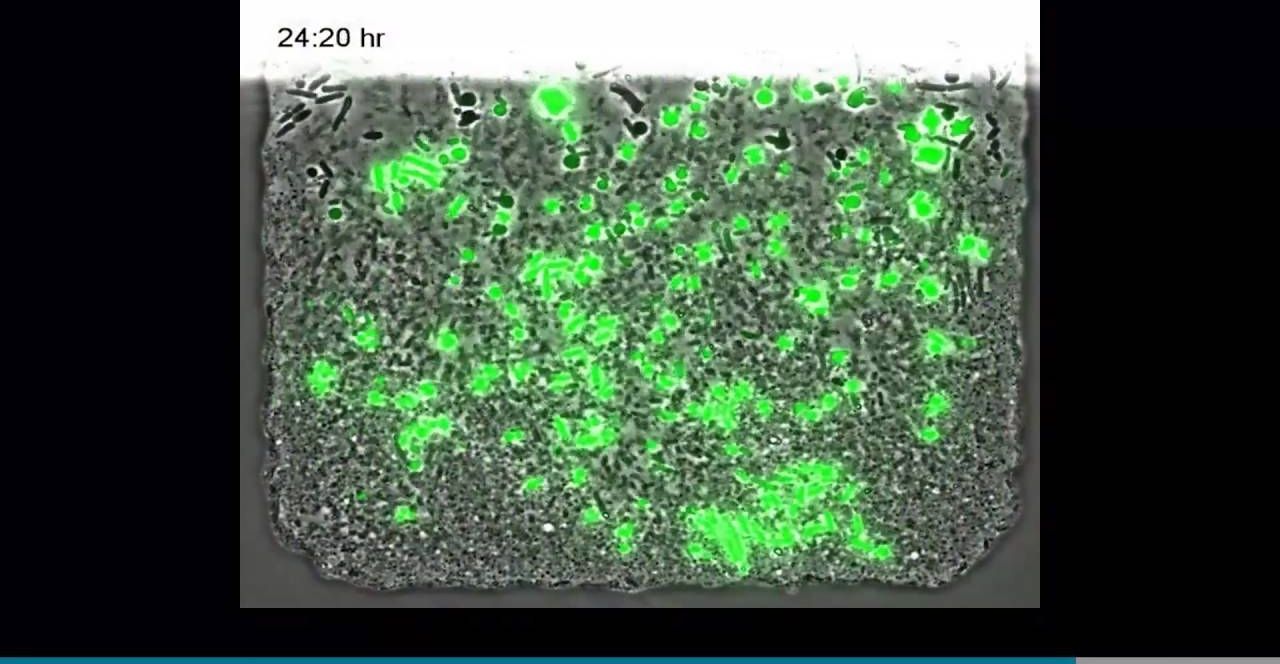Jul 29, 2016
New rare form of hereditary colon cancer identified
Posted by Karen Hurst in categories: biotech/medical, genetics
Researchers have discovered that mutation in a gene can led to a form of hereditary colon cancer which was not identified earlier. The researchers discovered genetic changes in the MSH3 gene in patients and identified a new form of colon cancer.
“The knowledge about molecular mechanisms which lead to cancer is also a precondition for the development of new targeted drugs,” said Stefan Aretz from University of Bonn Hospital in Germany.
The formation of large numbers of polyps in the colon has a high probability of developing into colon cancer, if left untreated.
Continue reading “New rare form of hereditary colon cancer identified” »
